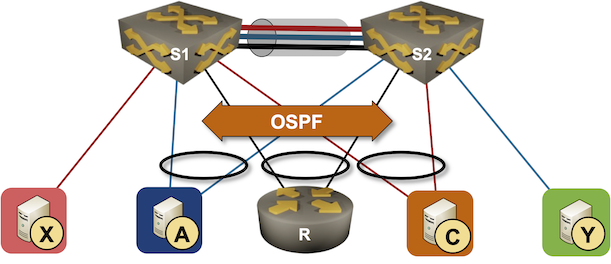BrandPost: Successful AI Implementations Hinge on Trust
Business spending on artificial intelligence (AI) technologies is growing by leaps and bounds as organizations strive to improve efficiency, simplify, and automate processes, and build more proactive capabilities. Global spending on AI-centric systems is on track to surpass $300 billion in 2026, with the U.S. accounting for more than 50% of the total, according to IDC forecasts. But the success of these investments may ultimately hinge on trust.A National Institute of Standards and Technology (NIST) study points out that “determining that the AI system is trustworthy because it meets its system requirements won’t ensure widespread adoption of AI. It is the user, the human affected by the AI, who ultimately places their trust in the system.”To read this article in full, please click here




